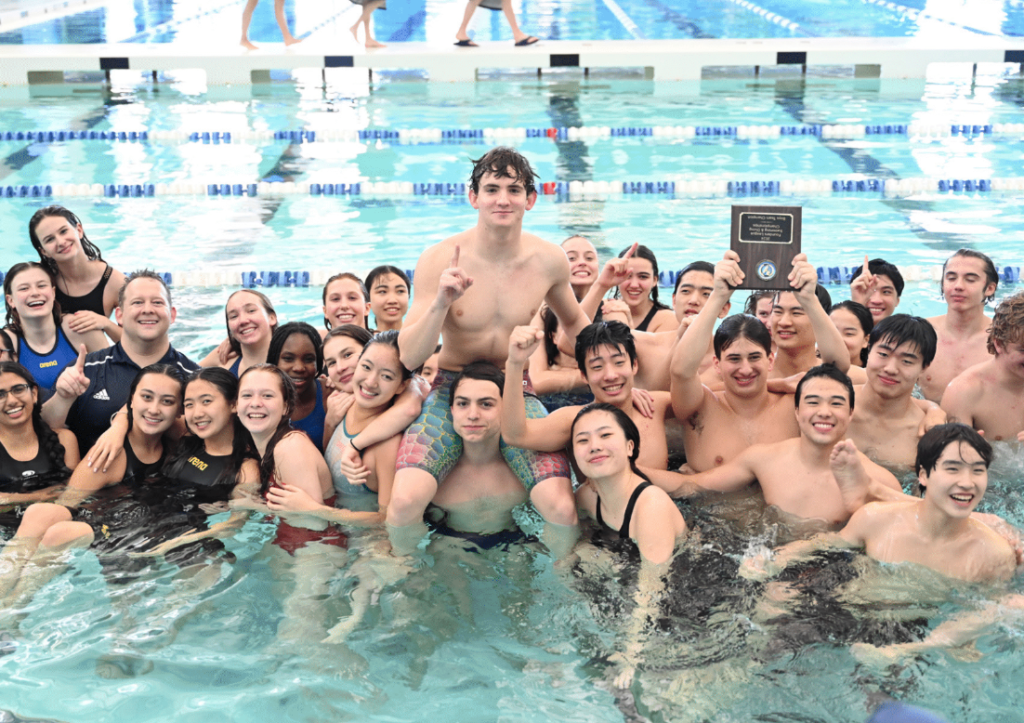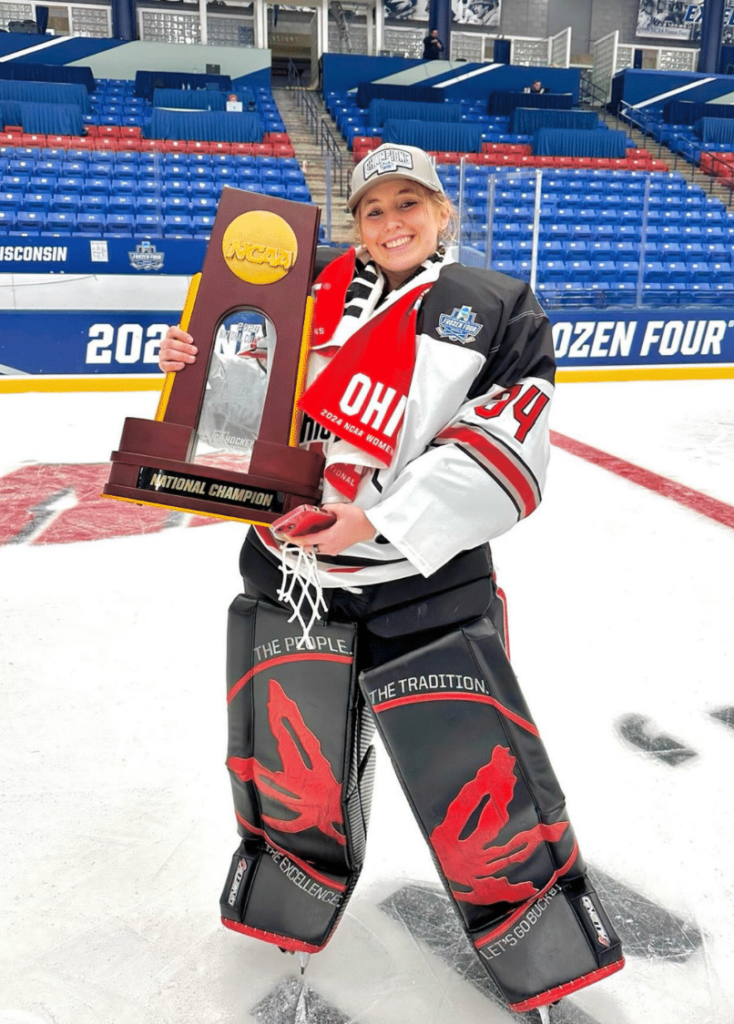
Photo by Toffy Prakittiphoom/The Choate News
The sound of a sharp blade cutting through air reverberating across the bamboo forest is the memory that Wendy Huo ’23 recalls about her initial encounter with the traditional Chinese Martial Art of kung fu, also known as Wu Shu (嶠 減): “Wu” (嶠) meaning the art of fighting and “shu” (減) referring to the skill of fighting.
Huo embarked on her kung fu journey at eight years old. “My first experience was training in the Shaolin Temple (주凱) for a month, where I acquired the basics of Quan (화), which is the most fundamental form of traditional Chinese kung fu that you are required to use in all the other forms,” said Huo. In the following summer, Huo continued practicing with her trainer in preparation for the Under 13 kung fu competition that she attended in Beijing.
She then learned to perform with two new weapons: Dao (독), a single-edged Chinese performance broadsword with a curved blade, and Gun (벅), a traditional performance equipment. Huo furthered her practice of the art form by training with the masters of her craft. “In the summer of 2018, I went to the most traditional Tai Chi Clan in the Wu Dang mountain (嶠뎠) to learn for a month and acquired the 24 forms of Tai Chi,” said Huo.
Amongst the many forms of traditional Chinese kung fu, Huo is currently focusing on two in the category of performing arts: Quan and Dao. Quan, as Huo described, “comprises a sequence of movements, requires flexibility, agility, strength, and aesthetics.” Dao, on the other hand, “includes a performance sword, and the movement compositions of Dao are a little modified compared to Quan.”
The two forms also strengthen different parts of the body. Quan requires more power in the legs, as most of its movements involve squatting and moving with the legs while the arms remain still. Dao, in contrast, relies on arm strength, as the performer needs to move sharply and quickly to produce the correct sound with the weapon. Despite these differences, they share the same movement patterns across the stage. “For both Dao and Quan, you essentially run from corner to corner, and when you finish, you end up at the corner you started,” said Huo.
At Choate, Huo finds time to practice kung fu in the Dance Studio at the Worthington Johnson Athletic Center (WJAC). Her daily training session usually lasts two hours, which she divides into smaller increments that focus on different parts of the body. “The first 30 minutes is focused purely on my lower body; in the next, I work on upper body movements,” said Huo. Then, she stretches, practices basic techniques, and choreographs or practices sets. She explained, “Some days I decide to go through my sets, adding on to and repeating them depending on how many times I feel like doing it.”
While the practice is oftentimes demanding and exhausting, Huo’s love for kung fu motivates her to strive for excellence. “It is a passion that never bores me, but brings me a tremendous amount of happiness and hope. The process of making my movements a little more accurate after every try gives me enormous confidence,” she said. Huo further expressed her profound appreciation for Dr. Edrik Lopez, “for being my athletic project advisor in the fall term and giving me constant support in class,” she said.
Besides being a source of contentment in everyday life, kung fu has empowered Huo during difficult times, such as the lockdown last year. “Last year due to Covid and other reasons, I became anorexic, and because of kung fu I was able to start eating and practicing again. It helped me move forward and helped my physical and mental well-being tremendously,” she said.
More recently, on November 21, 2021, Huo competed in the World Martial Arts Federation Legends Tournament and won first place for the Under 17 Advanced Weapons category. She will also be performing at the Lunar Banquet hosted by the Chinese Club on January 28 to share her culture and passion with the rest of the Choate community.



